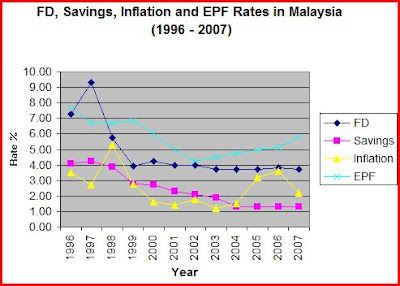Still remember you first day of work? What happen 3 months, 6 months, 1 year and 2 years later? So, you resign and start over the process again. 2 years later, then what you should do? Resign again? How many times you can resign in your career path?
One of the hardest challenges to be employee is self-motivation. 2 years is usually the case just enough to take down your motivation and enthusiasm. In other words, 2 years you must CHANGE. So the only choice left is to resign. No other choices? Nope, there are few things you can do before you resign:
(1) Proactive Approach
People resign is usually because they do not get the recognition that they suppose to get. Identify the recognition that you want (e.g. promotion) and calibrate with your boss to set the expectation. The recognition must be within 2 years.
(2) Change Job Functions
If you do not get the recognition, you must request to change job function or task. Work on something else that you’re interested in within the same department. Give yourself 2 years again and back to step (1).
(3) Try for Internal Transfer
If none of the job functions those attract you, time to look for internal job’s opportunities in different department. This is one of the mistakes that I made when I resigned few years ago. I should have looked for internal opportunity first. Don’t make the same mistake as I did.
If these 3 steps fail, you only look for external job.
Once resign, you start all over again the 3 steps above. The key is really to make the CHANGE or MOVE in every 2 years. 2 years is the optimum duration in my opinion.
I think this is the best way to keep yourself motivated if you really want to stay in the corporate ladder. Believe me, you don’t want to wait until the day you drag yourself so hard to work every morning. You want to avoid that as possible, don’t you agree?
To avoid that, you need to upgrade yourself in every 2 years.





